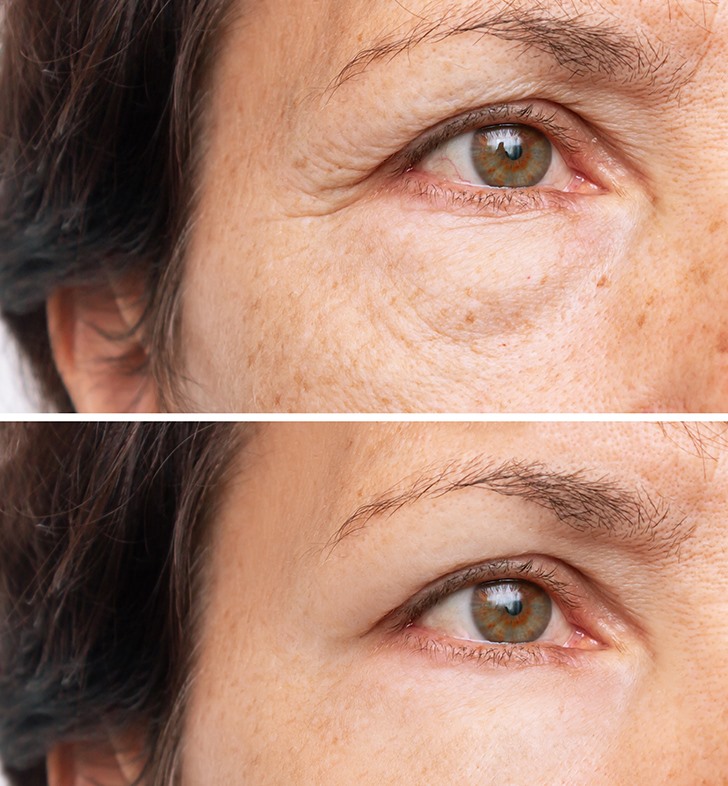
Eyelid Surgery (Blepharoplasty)
Who is a good candidate for
blepharoplasty (eyelid surgery)?
The best candidates for
blepharoplasty are individuals generally 30 years old or older who are in good
health and who have no other eye conditions. Tell your doctor if you have any
of the following conditions:
Eye disease, such as glaucoma, dry
eye, or a detached retina
Thyroid disorders, such as Graves’
disease and under or overactive thyroid
Cardiovascular disease, high blood
pressure, or other circulatory disorders
Diabetes
Be realistic about the expectations
you have for blepharoplasty. Eyelid surgery can enhance your appearance and
help build your confidence. However, you should not expect the surgery to
drastically change your look. Many people have eyes that are not perfectly
aligned or that appear to be different sizes. Asymmetrical features occur during
the early stages of development. Blepharoplasty will not alter your facial
structure. It is important to know your face well before you decide to have
surgery. Think carefully about your expectations and discuss them with your
surgeon.
What can I expect from
blepharoplasty (eyelid surgery)?
Blepharoplasty takes 1-2 hours if
both upper and lower eyelids are done at the same time, depending on whether
fat is repositioned or if there is additional work to lift cheeks. There will be
a stitch in both upper lids that will remain for about a week. The lower lids
do not require sutures if the incision is made on the inside of the lid. It is
common for swelling and bruising to occur in the upper and lower lids. Within
one to two weeks the upper eyelids will look good. Upper lids show the incision
line and take a bit longer than lower lids to look great. Expect to stay home
from work and limit your activities for several days after surgery to allow
your eyelids to heal. Some patients experience dry eyes after surgery, but the
condition rarely lasts more than two weeks. If you have dry eyes for more than
two weeks, contact your doctor.
Are the changes with blepharoplasty
(eyelid surgery) permanent?
Blepharoplasty will not stop your
eyes from aging. However, the results usually last a long time. Upper-eyelid
surgery can last anywhere from 5 to 7 years to an entire lifetime, while
lower-eyelid surgery rarely needs to be done more than once.
Are there possible complications
with blepharoplasty (eyelid surgery)?
As with any surgical procedure,
there is some degree of risk. Complications and bad results from blepharoplasty
are rare, but sometimes they do occur. Problems that can occur include
bleeding, infection, dry eyes, abnormal discoloration of the eyelids, abnormal
folding in or out of the eyelid skin, an inability to fully close the eyes, a
pulled-down, lower-lid lash line, or a possible loss of vision. However rare
they might be, it is important to be aware of potential complications before
you decide to have the surgery. Most patients have a very satisfactory result
following the blepharoplasty procedure.